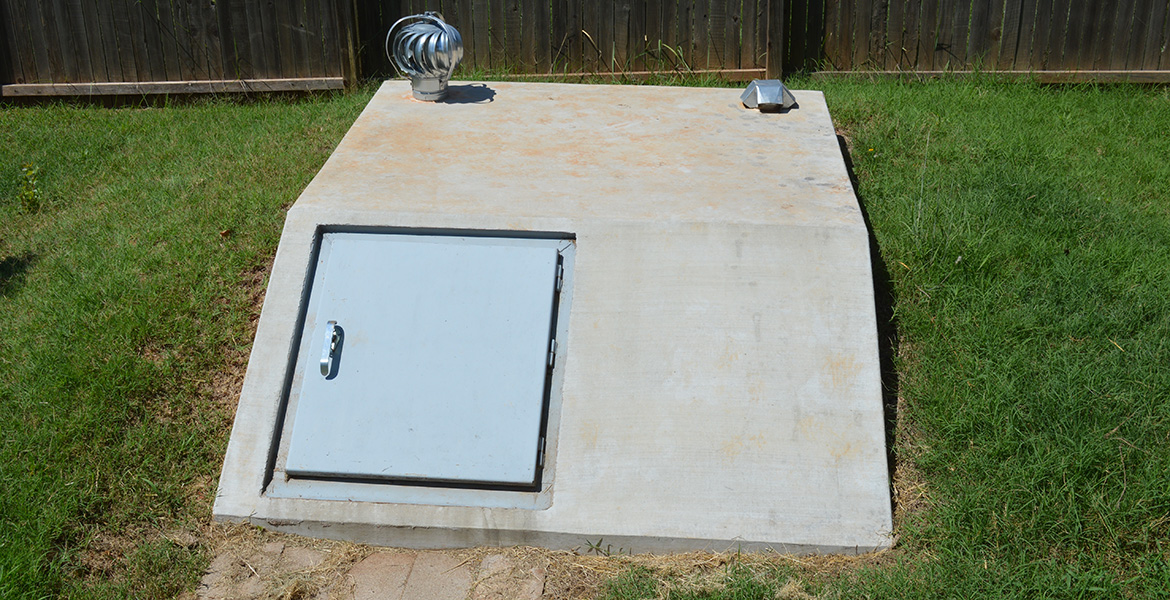
Which safe room is right for your family?
Thursday, May 17, 2018
After deciding to invest in a safe room, one of the next major steps is settling on where to place it in the home, either in new construction or as a retrofit.
The Federal Emergency Management Agency publication P-320, “Taking Shelter from the Storm: Building a Safe Room for Your Home or Small Business,” provides detailed guidance for building a residential safe room designed to serve up to 16 people.
Any safe room should be built to FEMA P-320 standards to ensure the quality of the final product.
“Homeowners should carefully consider their situation,” said Gina Peek, Oklahoma State University Cooperative Extension housing and consumer specialist. “For instance, how many people will use the safe room? Which location for the safe room will your residence support?”
Shelters accommodating more than 16 people are considered community safe rooms and are constructed with higher architectural and safety standards, which are included in FEMA P-361, “Safe Rooms for Tornadoes and Hurricanes: Guidance for Community and Residential Safe Rooms.”
FEMA P-320 provides plans for basement, above ground and in-ground safe rooms.
Basement safe rooms can be built to FEMA P-320 specifications using one or more exterior basement walls or as a freestanding structure within the basement.
Meanwhile, above ground safe rooms typically offer quicker access and are usually easier for older adults, children and pets to use.
In-ground safe rooms built to FEMA P-320 specifications can be located in different areas of the house. For example, safe rooms can be built below the home, below the garage floor or below ground within 150 feet travel distance from the house.
When deciding whether to choose an in-ground safe room, homeowners should consider the potential for flooding.
For more information about safe rooms, contact the nearest county Extension office, visit www.fema.gov and download free of charge FEMA P-320 and P-361.
Story by Leilana McKindra
